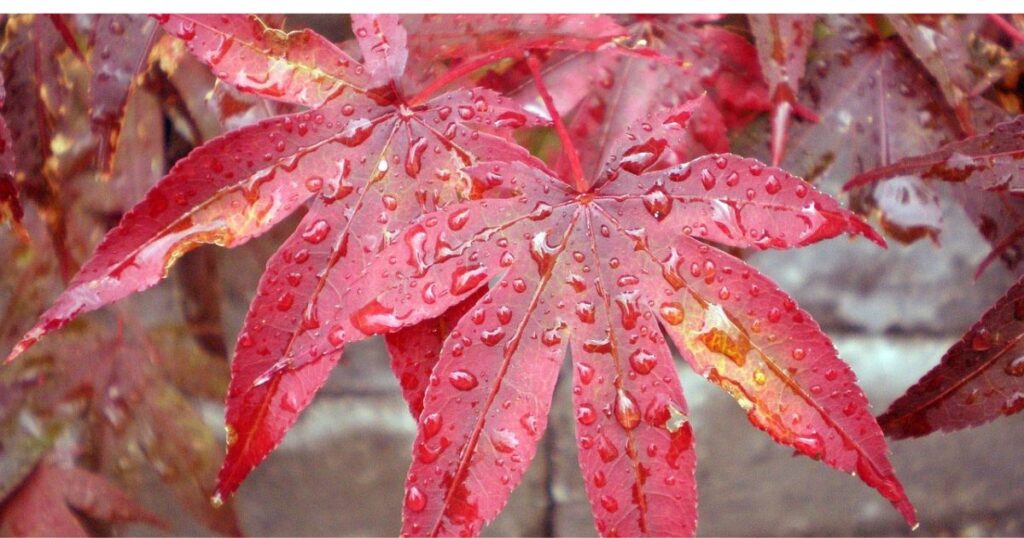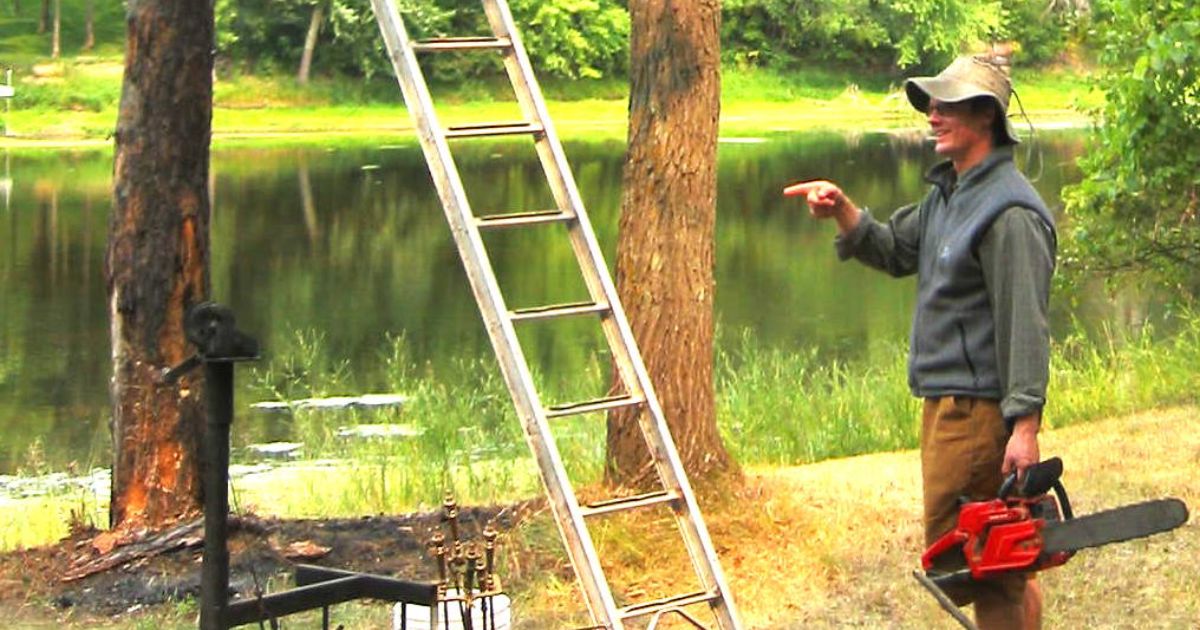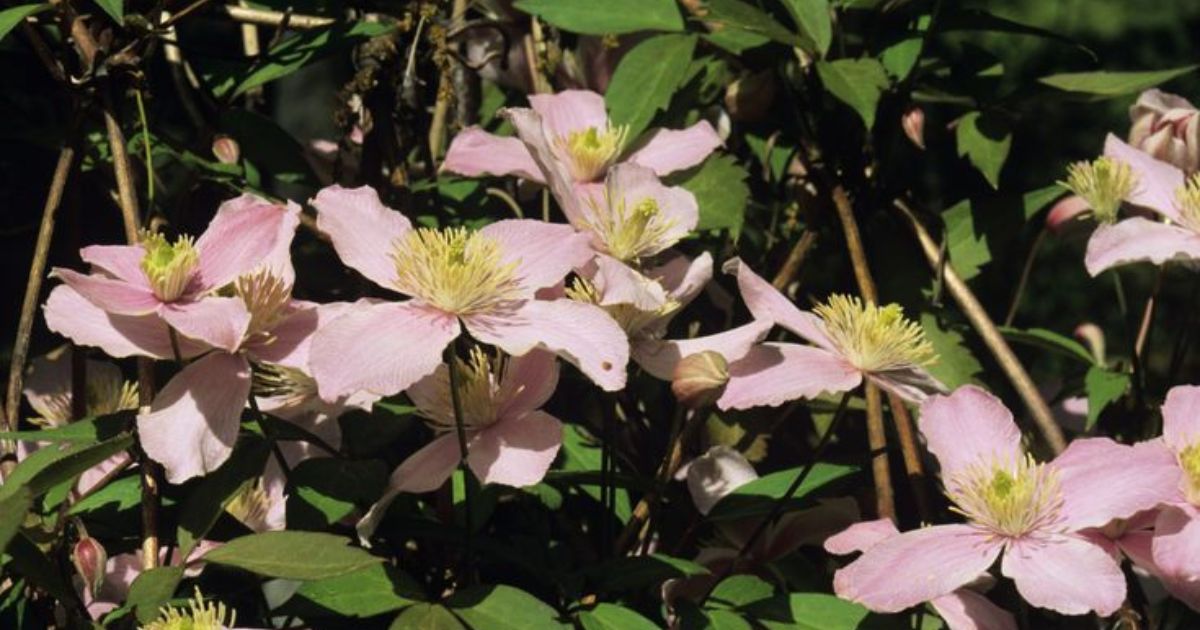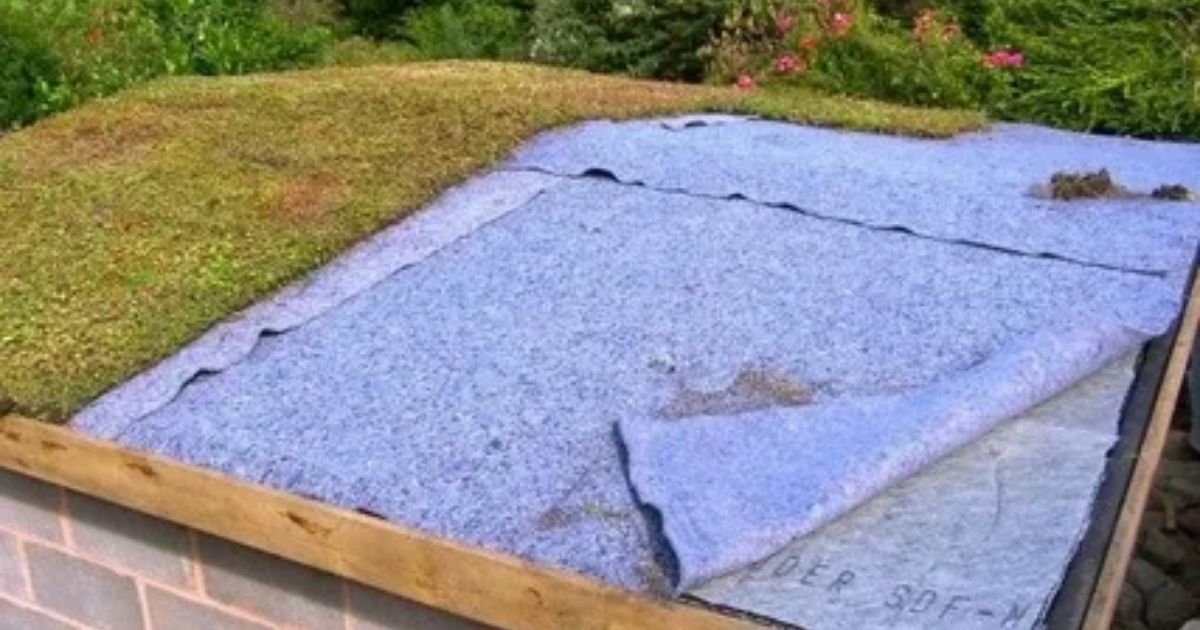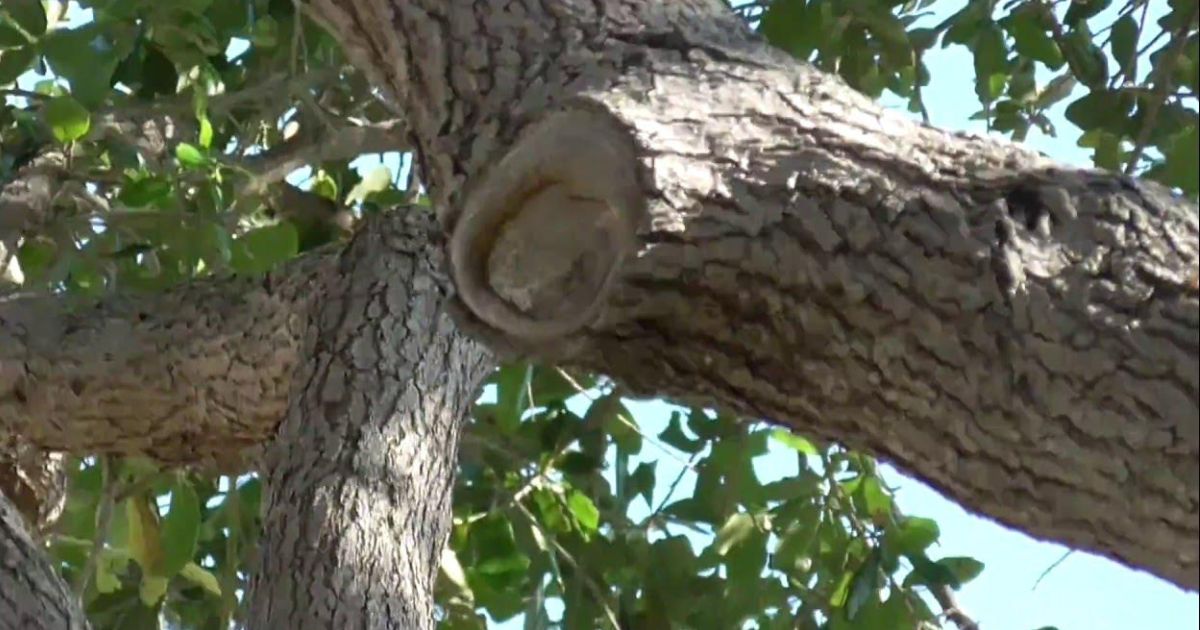Japanese maples are valued for their beautiful and delicate leaves. Seasonal colors, but they can be sensitive to environmental stress. One of the most common issues gardeners face with these trees is japanese maple leaf scorch treatment scorch. This condition causes the edges of leaves to turn brown and crispy, leaving the tree looking stressed and unhealthy. While leaf scorch doesn’t usually kill a Japanese maple, it can weaken the tree over time and diminish its beauty if left untreated.
Fortunately, with the proper care and preventive measures, you can minimize the effects of leaf scorch and help your tree thrive. In this guide, we’ll cover five essential tips for treating japanese maple leaf scorch treatment scorch from watering practices to soil care so you can restore your tree’s health and enjoy its vibrant foliage year after year.
Provide Proper Watering
Watering is one of the most critical steps in treating Japanese maple leaf scorch. Since leaf scorch is often caused by drought stress or inconsistent watering, ensuring your tree receives the right amount of moisture can significantly impact its recovery.Japanese maples prefer deep, consistent watering rather than frequent shallow watering. Deep watering allows moisture to penetrate into the root zone, encouraging stronger root development and helping the tree withstand heat stress. A good rule of thumb is to water once or twice a week, depending on weather conditions, soil type, and tree size.

It’s best to water in the early morning so the soil has time to absorb moisture before the heat of the day. This prevents rapid evaporation and gives the tree access to water when it needs it most. Types of Organic Mulch and Their Benefits Avoid overhead watering that wets the leaves, as this can increase stress and sometimes invite fungal problems. Acer palmatum leaf scorch To get water directly to the roots, apply a soaker hose or drip watering to the base of the tree.Avoid giving Japanese maples too much water, as they dislike “wet feet.” Poor root health might result from overwatering. Health and exacerbate stress. Always check the soil before watering; if the top 2–3 inches are dry, it’s time to water again.
Improve Mulching Practices
Mulching is an effective way to protect your Japanese maple from leaf scorch by helping the soil retain moisture, regulating soil temperature, and reducing stress on the roots. When done correctly, mulch creates a stable environment for the tree, which is especially important during hot, dry seasons.Utilize organic mulch materials, such as wood chips, pine needles, composted leaves, or bark shreds. As they decompose over time, these not only provide insulation for the soil but also enhance its quality. In addition to lowering water evaporation and keeping the root zone cool, organic mulch inhibits weeds from outcompeting your tree for moisture and nutrients.
When mulching, cover the tree’s base with a layer that is two to four inches thick. How to Prevent Tomato Catfacing: Expert Tips for Healthy Crops Extending out to the tree’s drip line. However, make sure you leave a small gap of about 2–3 inches around the trunk to prevent moisture buildup against the bark, which can lead to rot and pest problems.Mulch should be replenished once or twice a year, ideally in spring and mid-summer, as it naturally decomposes. Avoid piling mulch in a “volcano shape” against the tree trunk, as this can suffocate roots and cause fungal issues.
Offer Shade and Protection
Japanese maples are naturally adapted to dappled or partial shade, which mimics their woodland habitat. When exposed to intense afternoon sun or strong winds, their delicate leaves are more susceptible to leaf scorch. Providing your tree with shade and protection can significantly reduce stress and keep the foliage vibrant.If your Japanese maple is planted in a sunny spot, consider using temporary shade solutions such as shade cloths, garden umbrellas, or strategically placing taller plants nearby. Even a few hours of relief from the harsh midday and afternoon sun can make a big difference in preventing further scorch.
Wind protection is equally essential, since hot, dry winds strip moisture from leaves and accelerate dehydration. Planting windbreaks, such as hedges or tall shrubs, or using fencing can help shield your Japanese maple from damaging gusts.For those who haven’t planted yet, choosing the correct location is the best long-term strategy. Ideally, Japanese maple soil requirements should be placed in areas with morning sun and afternoon shade, such as on the east side of a building or under the canopy of taller trees. This allows them to receive enough light for growth while avoiding the most stressful sun exposure of the day.
Maintain Soil Health
A strong economy is built on healthy soil. Japanese maple. Poor soil conditions, such as compacted, waterlogged, or nutrient-deficient soil, can weaken the tree’s roots, making it more vulnerable to leaf scorch. By maintaining balanced and well-drained soil, you give your tree the resilience it needs to withstand environmental stress.Japanese maples thrive best in soil with a pH range of 5.5 to 7.0, which is neutral to mildly acidic. If you’re unsure about your soil conditions, it’s a good idea to perform a soil test. This will help you determine whether amendments like compost, organic matter, or pH adjusters are necessary.
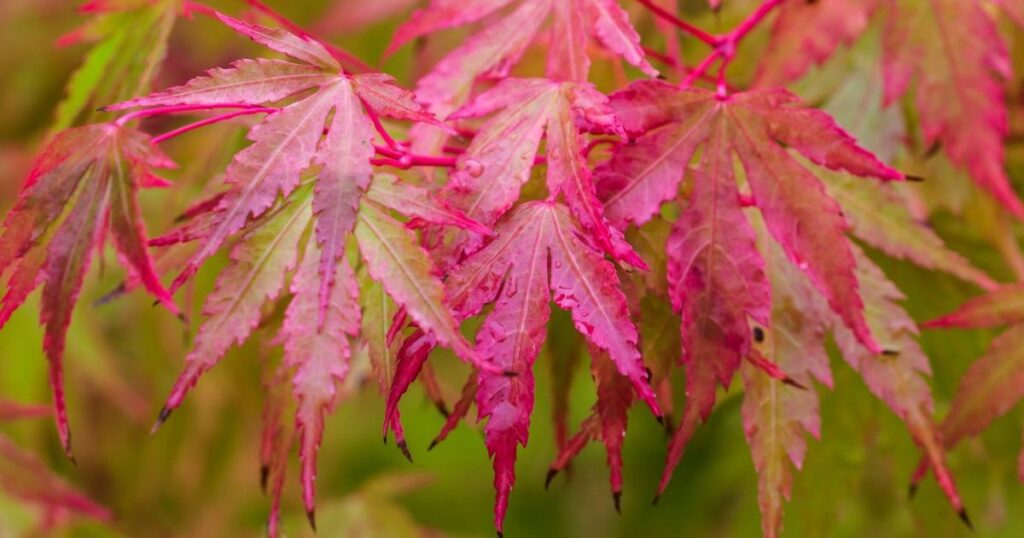
Adding organic compost or well-aged manure improves drainage, How to Grow and Care For Umbrella Plant: A Comprehensive Guide strengthens soil structure, and boosts moisture retention without becoming soggy. Loamy, aerated soil allows roots to expand and absorb nutrients more efficiently, which reduces stress during hot, dry weather.Avoid heavy clay soils that trap water, as Japanese maple leaf care windy conditions dislike “wet feet.” If your soil retains too much moisture, you should place your tree on a raised bed or small mound to encourage better drainage.Additionally, a balanced, slow-release fertilizer in spring can support strong growth and overall tree health. However, avoid high-nitrogen fertilizers, as they can encourage luxuriant, delicate growth that is more prone to burning.
Prune and Care Strategically
Pruning is another crucial step in managing Japanese maple leaf scorch, but it must be done carefully and with precision. Pruning too much or at the incorrect time can damage the tree, while thoughtful pruning can enhance air circulation, reduce disease risks, and help the tree allocate its energy to healthy growth.Start by removing any dead, scorched, or damaged leaves and branches. This keeps possible problems from spreading and enhances the tree’s look. Best Fast Growing Trees for Small Yards Potential fungal infections that may take advantage of weakened tissue. Use sharp, clean pruning tools to make smooth cuts, minimizing stress on the plant.
Avoid heavy pruning during hot summer months when the tree is already stressed. The best times to prune are in late winter or early spring before new growth begins, or in early fall once temperatures have cooled.When pruning, focus on shaping the tree organically, rather than imposing a strict framework. Japanese maple mulch for moisture retention are admired for their graceful, layered form, and selective thinning of crowded branches will improve airflow and light penetration without compromising their beauty.Lastly, keep an eye on new growth after pruning. If leaf scorch symptoms reappear, reduce pruning and focus more on improving watering, soil, and shade conditions.
When to Consult a Professional
While most cases of Japanese maple watering needs can be handled with the proper care, occasionally it’s best to hire a qualified arborist or tree care specialist. Understanding when to get professional assistance can save your tree from long-term decline.Suppose your Japanese maple continues to exhibit severe leaf scorch year after year, despite consistent watering, mulching, soil care, and shading. In that case, it may be a sign of deeper issues, such as root damage, compacted soil, or improper planting depth. Professionals can perform soil testing, root inspections, and advanced treatments that go beyond routine home care.
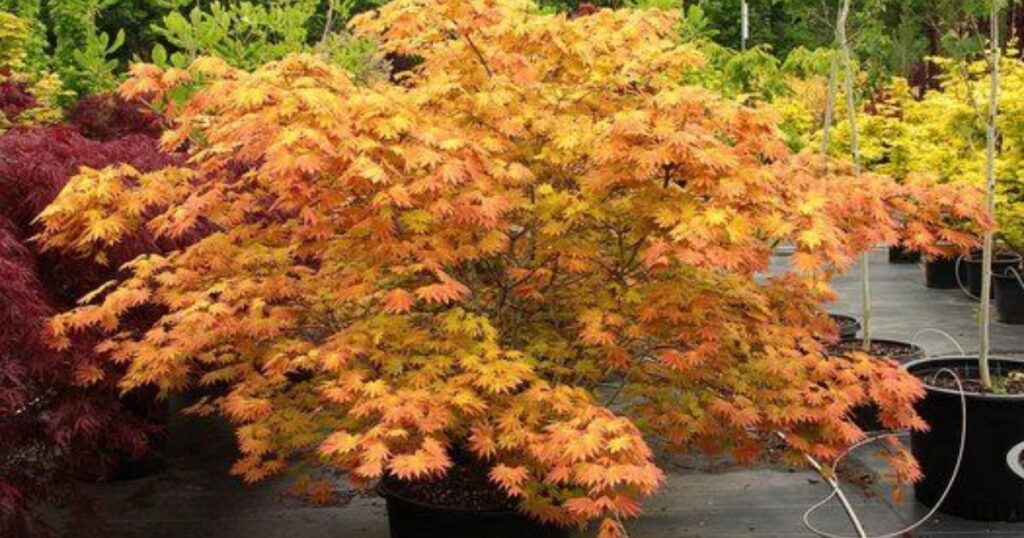
Another red flag is when leaf scorch appears alongside other symptoms such as wilting, unusual leaf spots, dieback of branches, or signs of pests and fungal diseases. How to Identify Purple Leaf Plum Tree Diseases Japanese maple fertilizer for recovery These problems may seem severe at first glance, but they often require specific treatments to prevent further damage.For valuable or older Japanese maples, consulting a professional is especially worthwhile. Expert care can help safeguard your investment and maintain the tree’s health for many years, as mature trees have substantial landscaping value.
Conclusion
Leaf scorch in Japanese maples can be alarming, but it doesn’t have to spell disaster for your tree. With the right care, including consistent watering, proper mulching, added shade, healthy soil maintenance, and strategic pruning, you can reduce stress, restore vitality, and preserve the natural beauty of your Leaf scorch prevention Japanese maple.The key is to act early and remain consistent. Minor adjustments, such as improving watering habits or providing afternoon shade, can make a significant difference in protecting your tree during hot, dry seasons. By combining these five essential tips with regular observation, you’ll ensure that your Japanese maple sun scorch continues to thrive and bring elegance to your garden year after year.
And remember, if problems persist despite your efforts, don’t hesitate to consult a professional arborist for expert guidance. With proper attention and care, your Japanese maple drought stress can recover from scorch and remain a stunning focal point in your landscape.
FAQ
What causes leaf scorch in Japanese maples?
Leaf scorch is usually caused by heat stress, drought, strong winds, or poor soil conditions. It occurs when the tree loses water faster than its roots can absorb, resulting in brown, crispy edges on its leaves.
Can leaf scorch kill a Japanese maple tree?
In most cases, no. Leaf scorch is primarily a cosmetic issue. However, if left untreated for several seasons, it may weaken the tree, increasing its susceptibility to illnesses and pests.
How long does it take for a Japanese maple to recover from leaf scorch?
Recovery depends on the severity. Mild scorch may heal within one season, while more severe cases may take several years of consistent care to restore full health.
Should I remove scorched leaves from my Japanese maple?
Yes, you can remove severely damaged leaves to improve the tree’s appearance. However, lightly scorched leaves should remain until they naturally fall off, as they still provide a source of photosynthesis.
What’s the best location to plant a Japanese maple to prevent scorch?
Japanese maples do best in areas with morning sun and afternoon shade, ideally sheltered from strong winds. This placement reduces heat and moisture stress while allowing enough light for growth.
How can I tell if my tree has scorch or a disease?
Scorch typically appears as uniform browning along leaf edges, while diseases often cause irregular spots, patches, or fungal growth. If you’re unsure, consulting an arborist can provide a precise diagnosis.

